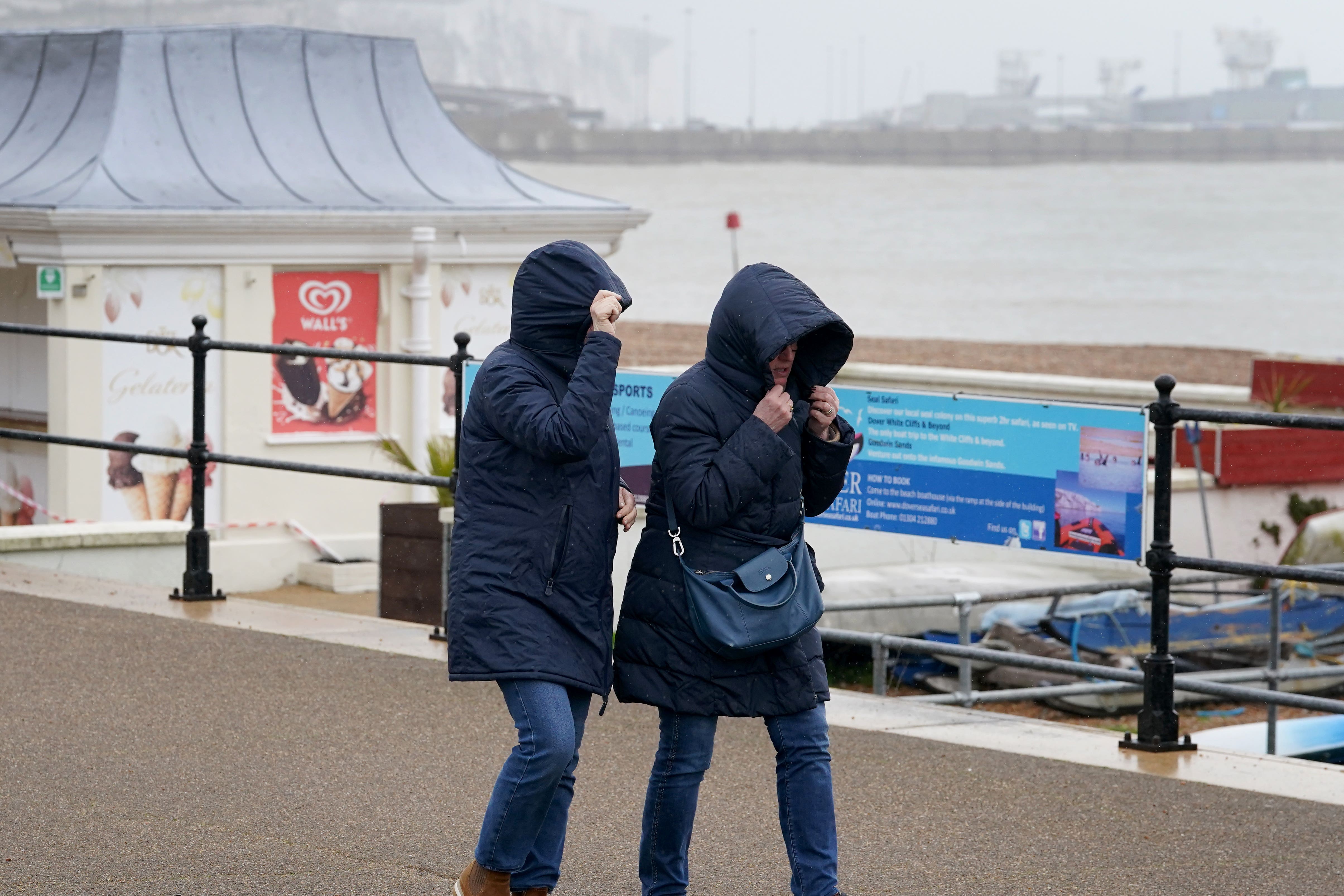England hit by wettest March in more than 40 years – Met Office
Figures show Wales and Northern Ireland also had one of their top 10 wettest Marches on record.

Your support helps us to tell the story
From reproductive rights to climate change to Big Tech, The Independent is on the ground when the story is developing. Whether it's investigating the financials of Elon Musk's pro-Trump PAC or producing our latest documentary, 'The A Word', which shines a light on the American women fighting for reproductive rights, we know how important it is to parse out the facts from the messaging.
At such a critical moment in US history, we need reporters on the ground. Your donation allows us to keep sending journalists to speak to both sides of the story.
The Independent is trusted by Americans across the entire political spectrum. And unlike many other quality news outlets, we choose not to lock Americans out of our reporting and analysis with paywalls. We believe quality journalism should be available to everyone, paid for by those who can afford it.
Your support makes all the difference.England has had its wettest March in more than 40 years, according to provisional Met Office figures.
Data up to March 30 showed 111.3mm of rain has fallen in the month, 91% more than average.
Wales and Northern Ireland also had one of their top 10 wettest Marches on record, according to the research.
Wales had 197.5mm of rain, some 91% more than its long-term average, whilst Northern Ireland saw 137.4mm of rain, 58% more than average.
However, Scottish rainfall this month was 128.7mm, just 3% above typical figures.
Head of the National Climate Information Centre Dr Mark McCarthy said: “Although the month started cold and dry for many, moist, milder air soon pushed up from the south bringing frequent heavy periods of rain, this being longest-lasting in the southern half of the UK.
“Overall this has been an unsettled month dominated by Atlantic low pressure weather systems. Many parts of southern and central England and south Wales have received more than double their average rainfall for March.”
Although the English record of 147.2mm, set in March 1947, will not be challenged, the increased rainfall follows the driest February in 30 years, when just 15.3mm of rain fell.
Last month, the National Drought Group warned that the UK is just one hot dry spell away from returning to the widespread drought conditions seen last summer.
Environment Agency executive director and National Drought Group chairman John Leyland said: “Rainfall in March has helped water levels improve, but it follows on the heels of a very dry February so there is a need to remain vigilant – especially in areas that have not recovered from the drought last year.
March 2023 will be remembered for being a dull and wet month, especially for those in the south of the UK
“As ever, it is important that we all continue to use water carefully to protect our precious rivers, lakes and groundwater, and the environment and wildlife that depend on it.”
Sunshine hours have also been lower this month, with provisional figures suggesting that the UK will have a much duller-than-average month, while Wales had one of its top 10 dullest Marches on record.
Several English counties, including Devon, Somerset, Hampshire and Wiltshire, are also in contention for one of the dullest Marches on record, though much will depend on figures from the final day of the month.
Dr McCarthy added: “March 2023 will be remembered for being a dull and wet month, especially for those in the south of the UK.
“While the rainfall has been notable in England and Wales, it hasn’t been enough to fully recover the deficit of rain over the last 12 months.”